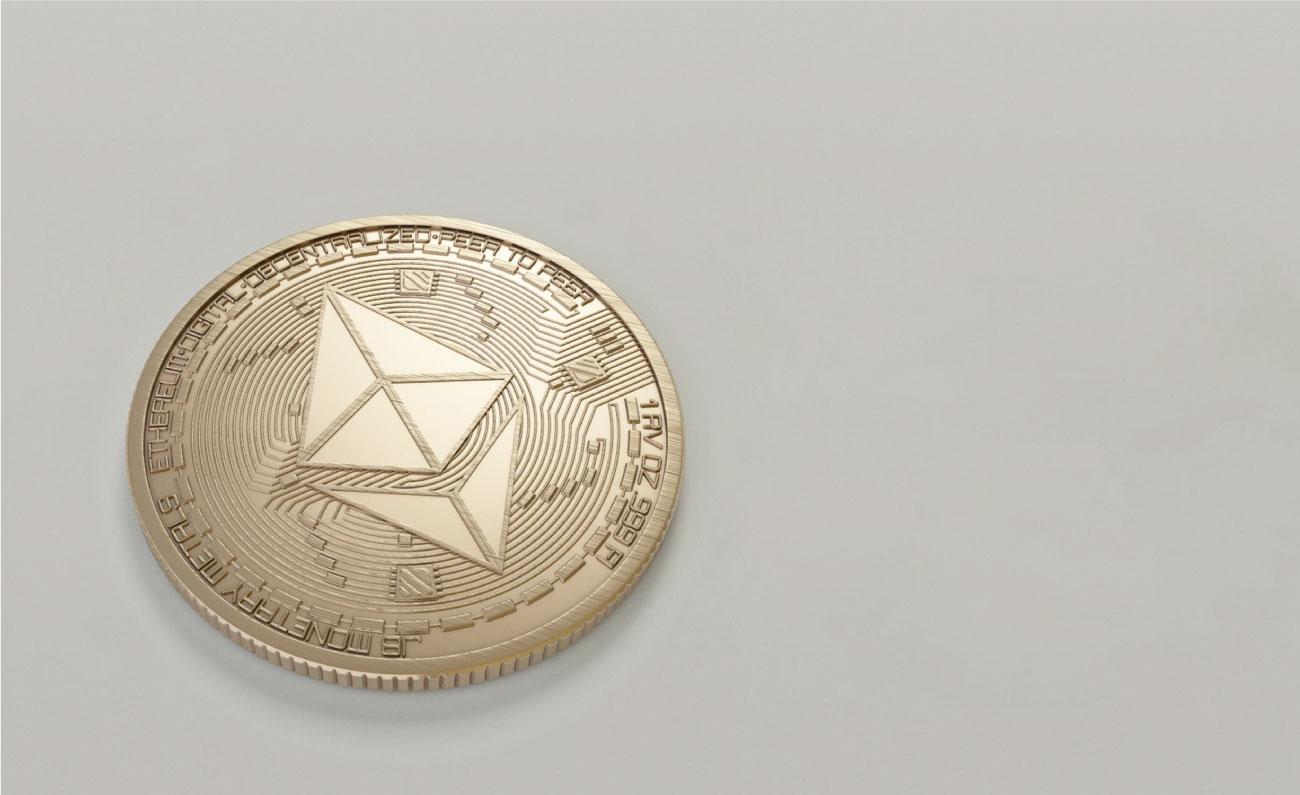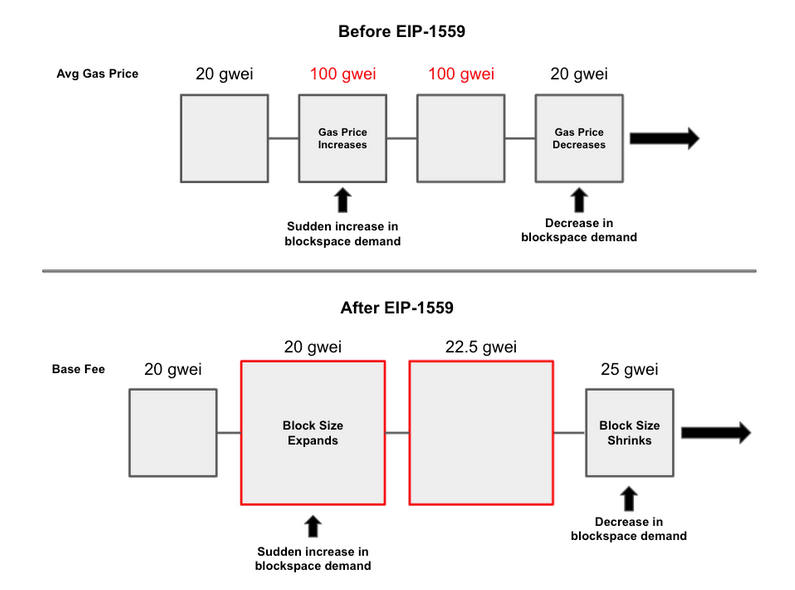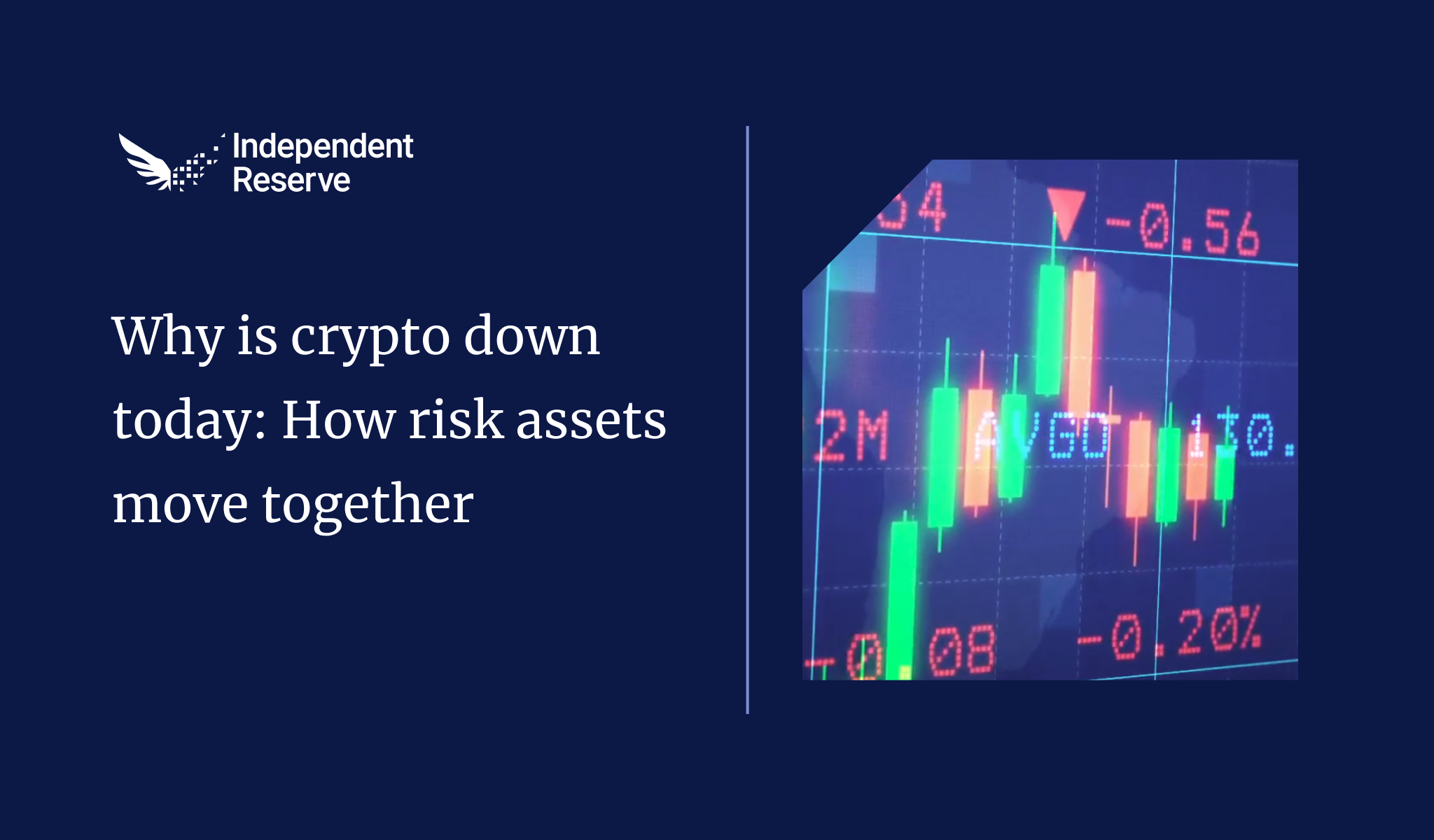
Why is ETH burning?
On August 5 2021, Ethereum developers implemented five improvement proposals to the network. EIP-1559, a fee burning mechanism, was one of these upgrades introduced in the ‘London’ hard fork on this date. The Ethereum network had never burned tokens until this hard fork.
How does the burn work?
A portion of ether that had been used to pay for transactions on the Ethereum network, such as transferring ETH, swapping a coin on a decentralised exchange, or minting an NFT, now gets taken out of circulation or “burnt”. These “gas fees” paid to process these transactions previously went to Ethereum miners, who keep the decentralised network afloat via heavy computational power.
EIP-1559 splits Ethereum gas fees into a tip and base fee. The former is set by the sender, while the latter gets burned, creating deflationary pressure on ETH prices in the long term. Unless users “tip” miners, miners will no longer receive those fees, which are instead destroyed.
The network previously determined the gas price according to laws of supply and demand. However, EIP-1559 replaced this with a flat fee apart from exceptional periods of congestion.

Source: The Daily Gwei
ETH Burn stats (Oct 2021)
The network has already burned almost 655,000 ETH (around AU$3.5B worth) at the time of writing due to EIP-1559. This has effectively reduced the inflation rate of Ether from 4.2% down to an annualised 1.11%.
Estimates circulating on the future supply of Ether, modelled on current burn rate data, conclude that:
“Between 800,000 – 2.4 million ETH is projected to be burned in 2021”.
– Bankless DeFi Newsletter
The more transactions that occur, the more ETH is burnt by this mechanism.
Transaction costs are higher for more complicated transactions. NFT marketplaces like OpenSea are top gas burners, responsible for around 25,000 ETH (AU$120 million) burnt in the first month of the EIP-1559 implementation.
What does this mean for Ethereum 2.0?
Ethereum’s network validators, and the mining system we currently know, won’t play the same part in the upgrade to Ethereum 2.0. The network will soon transition to a proof-of-stake (PoS) consensus mechanism, which will require “stakers” instead of miners.
Stakers verify transactions by pledging (staking) ETH to the Ethereum 2.0 smart contract. Stakers are rewarded with newly-minted ETH for securing the network, just like miners on the current Ethereum network. Staked ETH is locked until an update that will follow the “merge” (when Ethereum 1.0 and 2.0 communicate for the first time).
After the switch to PoS in Ethereum 2.0, ether is expected to become a deflationary asset due to the burn rate of ETH greatly exceeding the total expected inflation from PoS (<1%).


